















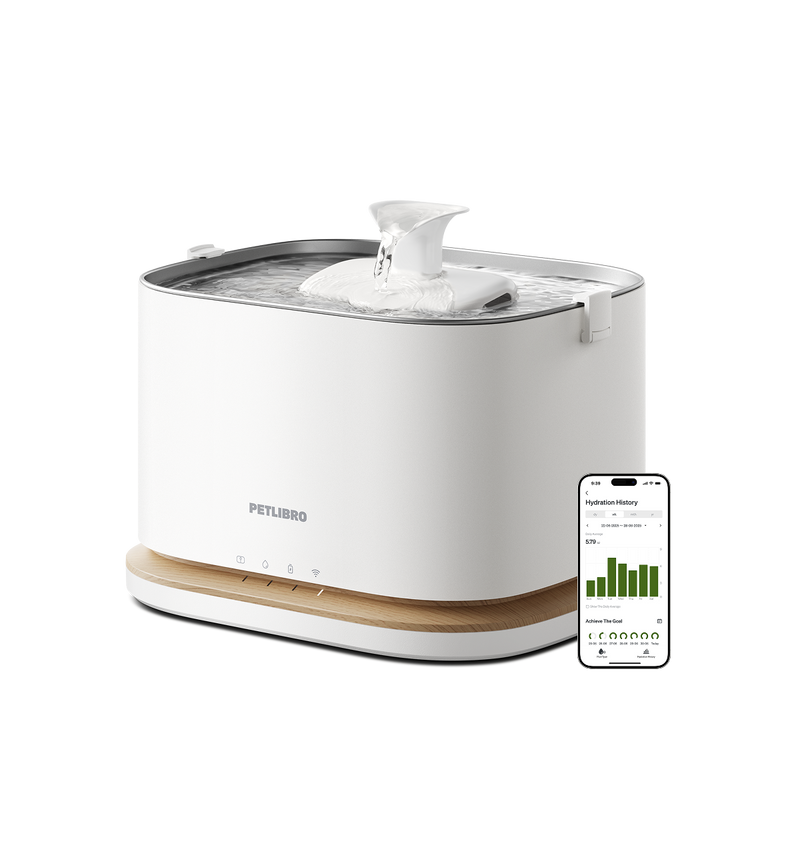
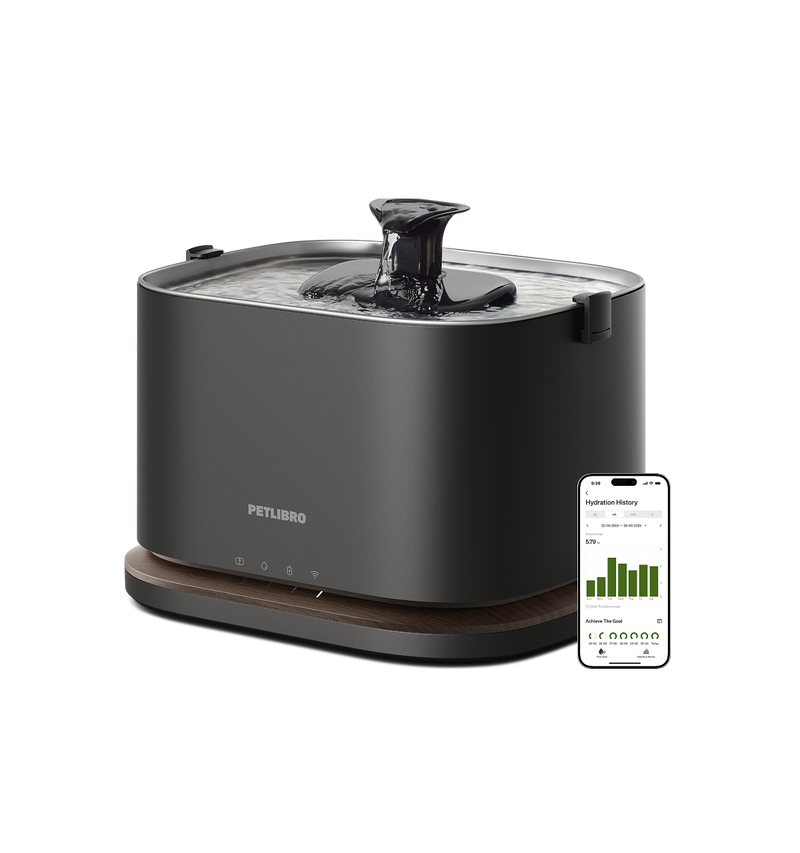
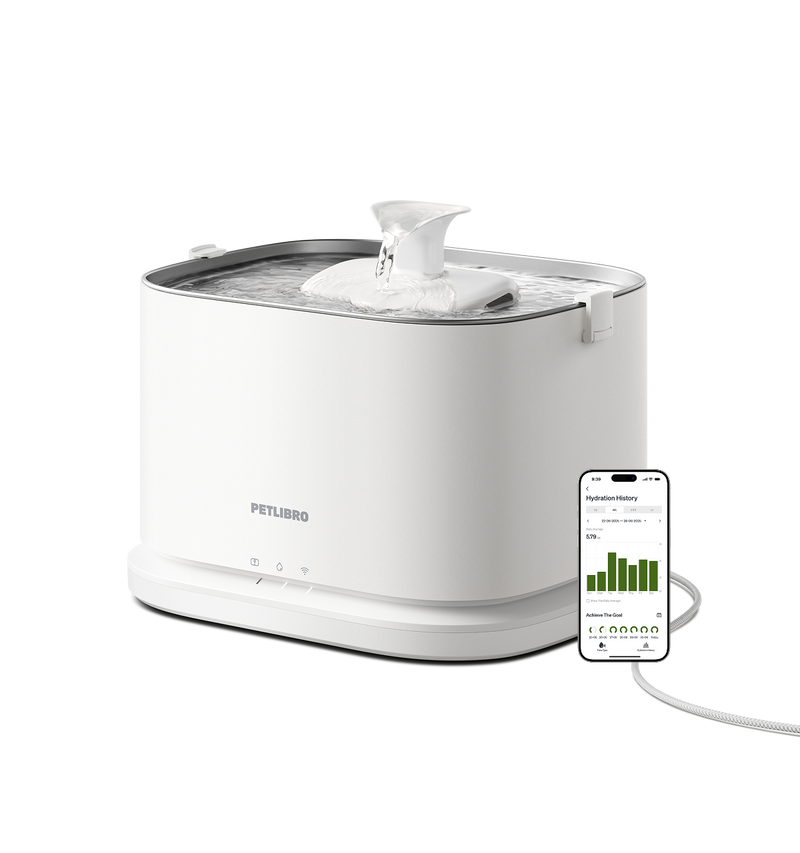
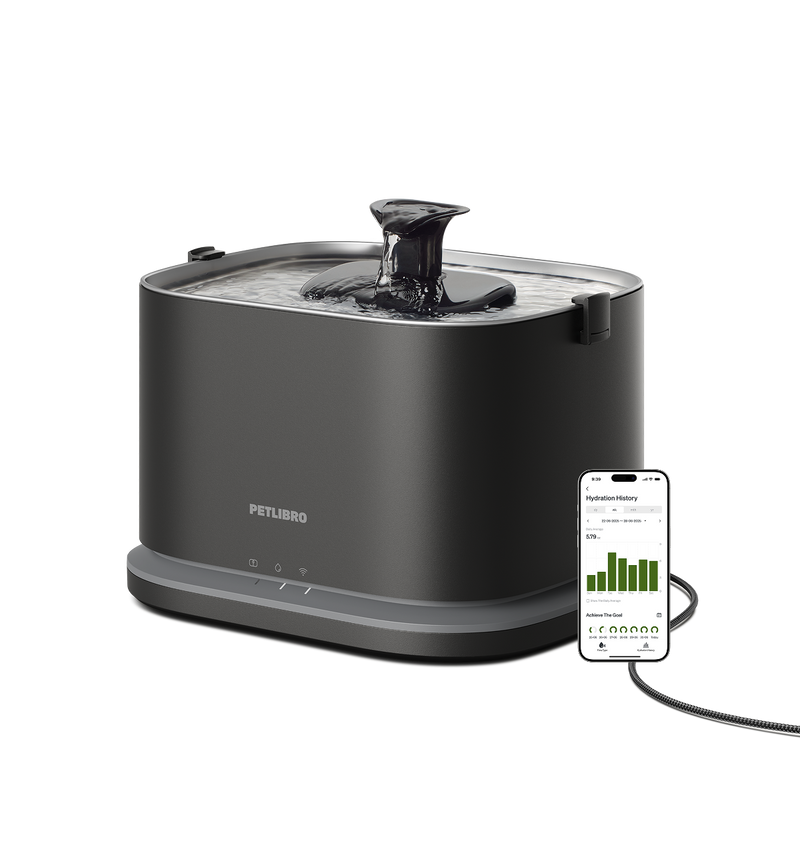










By subscribing, you agree to receive email marketing from Petlibro. Privacy Policy | Terms of Service


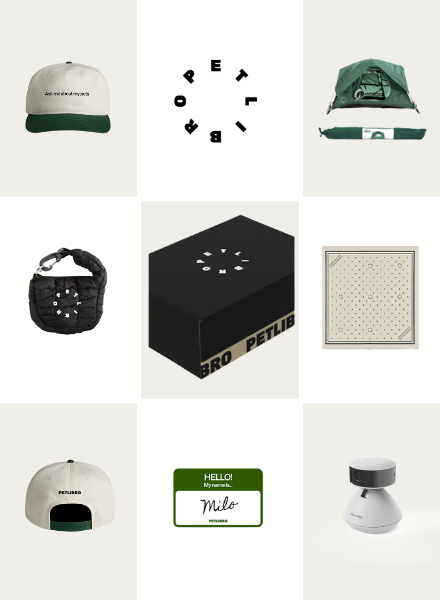
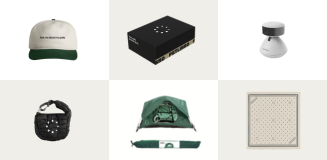
Open to legal U.S. residents, 18 years or older. Void where prohibited. Giveaway begins on 08/26/2025 and ends on 09/15/2025 at midnight PST. Three winners will each receive a limited-edition Petlibro PR Kit, which includes the Scout Smart Camera and select branded merch. Winners will be chosen at random and notified via Instagram or email (depending on entry format) by 09/30/2025. If a winner does not respond within 48 hours, another may be selected. Odds of winning depend on the total number of eligible entries received. Only one email entry per person will be counted, though additional entries may be submitted through the bonus methods described above. Petlibro is not liable for any issues that arise from participation or use of the prize. Personal information will be collected and handled in accordance with our Privacy Policy.


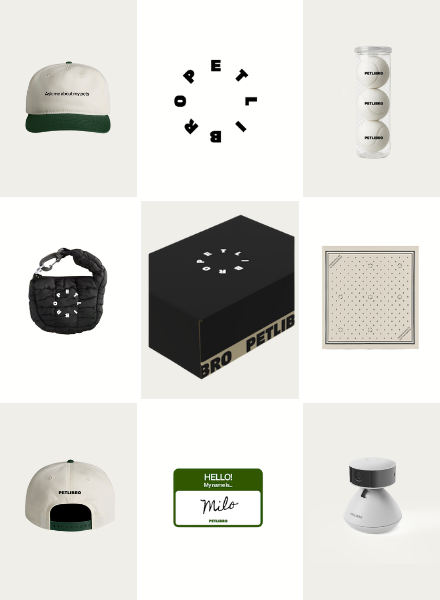
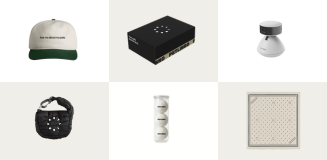
Open to legal U.S. residents, 18 years or older. Void where prohibited. Giveaway begins on 08/26/2025 and ends on 09/15/2025 at midnight PST. Three winners will each receive a limited-edition Petlibro PR Kit, which includes the Scout Smart Camera and select branded merch. Winners will be chosen at random and notified via Instagram or email (depending on entry format) by 09/30/2025. If a winner does not respond within 48 hours, another may be selected. Odds of winning depend on the total number of eligible entries received. Only one email entry per person will be counted, though additional entries may be submitted through the bonus methods described above. Petlibro is not liable for any issues that arise from participation or use of the prize. Personal information will be collected and handled in accordance with our Privacy Policy.


While a bit of chunk can be cute, excess weight poses serious health risks for our fur friends. Luckily, an automatic feeder splits meals into consistent, calibrated portions to curb nibbling ways.
This guide explores how deploying a programmed feeder helps our indulged animal companions finally ditch those extra pounds! So let's discover how this simple adjustment can make all the difference for our fur babies' health.

Many of the same factors that contribute to obesity in humans also drive overweight and obese conditions in pets.
First and foremost, overfeeding and unhealthy diets are major causes of pet obesity. Pets that consistently receive more calories than they expend through activity and basic bodily functions are at risk of weight gain. Foods high in fats, carbohydrates, and calories also make it easier for pets to consume above their energy needs.
Beyond diet, a lack of sufficient physical exercise contributes significantly. Pets with more sedentary lifestyles and little opportunity for activity are more prone to obesity. This is especially true for indoor pets.
Genetics also plays a role, as certain breeds have a natural predisposition to gain weight more easily. Some pets also have metabolic conditions that affect their ability to regulate energy balance.
Health risks of pet obesity include arthritis, cancer, heart and lung disease, diabetes, and lower life expectancy. According to Krista Williams, a veterinary nutritionist, "extra pounds put significant stress on major organ systems in pets." Obese pets also have a higher rate of skin and foot infections, plus issues during anesthesia and surgery.

An automatic pet feeder helps prevent overeating and obesity in animals by:
For example:
Two main types of automatic feeders exist, and Petlibro have them all:
Key features to compare include:

To successfully utilize an automatic feeder for weight control, start with these tips:
Consistency and follow-through are key with any new discipline intended to induce weight loss. By easing into the routine of an automatic feeder while closely monitoring your pet, making adjustments as you go, and keeping their food bowl sparkling clean, you'll set yourself up for success in helping them finally achieve a healthier and happier size.

In addition to using an automatic feeder, these strategies can help manage your pet's weight:
In conclusion, when used in conjunction with a balanced diet, sufficient exercise and veterinary care, an automatic pet feeder can be a powerful tool in helping our loyal animal companions shed excess pounds and restore their health. So grab the perfect feeder to match your pet's needs, and get started on your furry friend's weight loss journey today - you'll both be glad you did!